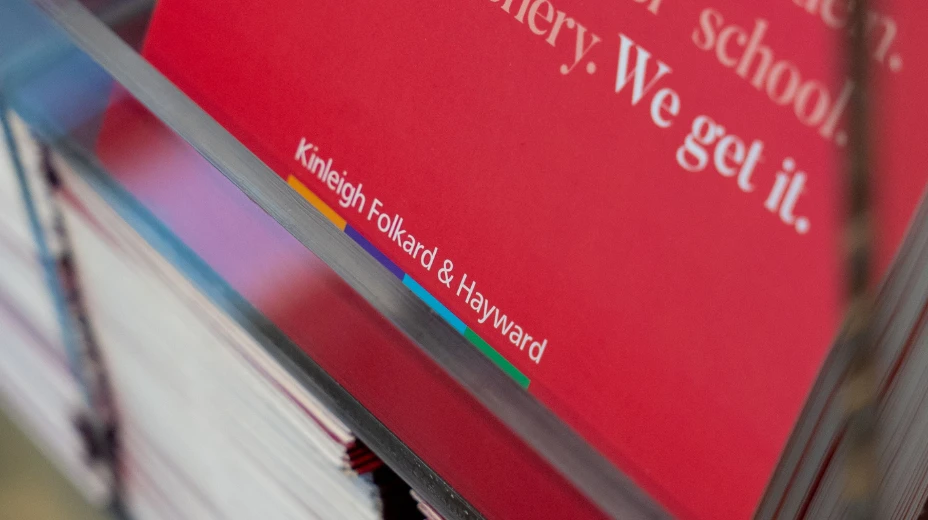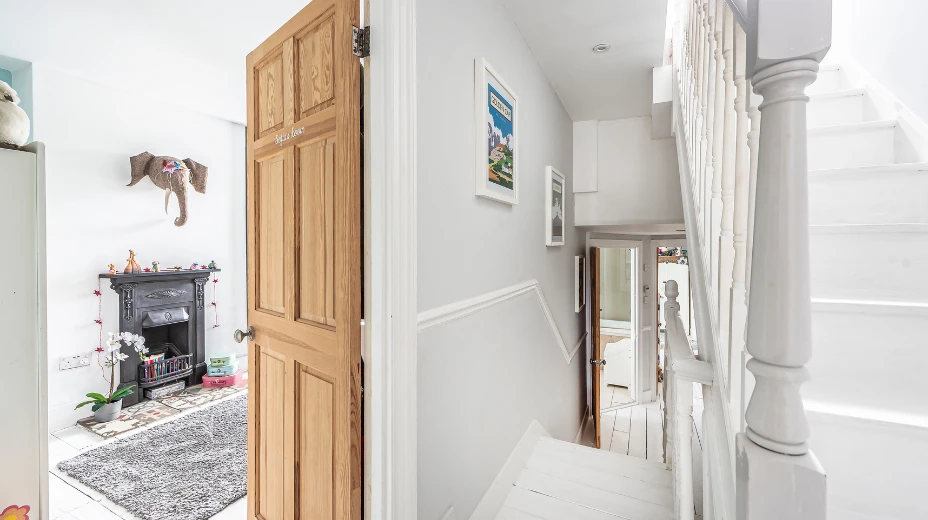Agreeing the tenancy

Once you’ve found a suitable tenant and accepted their application, there are several important steps and documents to complete before the tenancy can begin.
References
At this stage, the let is agreed subject to contract and satisfactory references. Initial tenant referencing and Right to Rent checks are essential to ensure compliance. Using a professional letting agent can provide peace of mind, as they manage this process accurately and efficiently.
Tenancy agreements
If references are approved, your letting agent will prepare the tenancy agreement, outlining all terms and conditions, including any special requirements.
Key details include:
- Property address.
- Landlord and tenant names.
- Tenancy start date.
- Rent amount and payment frequency.
- Tenancy duration.
- Deposit amount or Zero Deposit Guarantee.
- Details of the deposit protection scheme.
- Conditions for deposit deductions (e.g., unpaid rent, damage beyond wear and tear).
- How and when the deposit will be returned.
- Dispute resolution process.
- Tenant responsibilities (e.g., Council Tax, utilities).
- Rules on subletting, pets, and smoking.
- Notice periods for landlord access (minimum 24 hours).
- Maximum vacancy period allowed without informing the landlord
Assured Shorthold Tenancies (ASTs)
The most common type of tenancy is an Assured Shorthold Tenancy (AST). ASTs can be either periodic tenancies or fixed term tenancies. The duration can be decided upon between the landlord and the tenant; six months to three years are the most common term.
Periodic tenancies have no fixed end date, but run on a month by month or rolling basis, depending on how frequently the rent is collected. In practice, it is usually assumed that both parties are happy for the tenancy to continue until either gives notice to end the tenancy.
Non-Housing Act Tenancies (NHAs)
Any tenancy which does not meet the criteria to be an AST will fall outside of the Housing Act 1988. These types of tenancies are known as Non-Housing Act tenancies (NHAs). They may also be known as company lets or common law tenancies.
Different rules apply to these types of tenancies, such as to how a tenancy can be ended, the amount of deposit a tenant can be asked to pay, and what payments a tenant can be asked to make.
Inventory check
Finally, the contents and condition of your property should be checked against an inventory at the point when your tenants move in. It is important that this stage of the process is impartial and a specialist inventory company is always recommended.
They will give you and your tenant a copy of the inventory check in report and, if instructed, will undertake another inspection at the end of tenancy to check that nothing is missing or damaged. This will be the basis of making any claim against the deposit.























































